Character:
To reconsider: 2D and 3D together? Might be too confusing in a short space of time. Could I keep 3D librarian when telling 2D story? However on reflection the 2D by itself would be too seperate from the 3D librarian. May scrap this idea altogether. If there is a back story and it is relevant to the story it needs to make its way onto the screen. I've been trying to get the creative cogs into gear, here's a bit of creative writing on the Librarians appearance. This isn't set into stone by any means but just a way of helping me start to think about the character in more detail. Archetypal stories - Theory most/all stories fit in one of these formats:
Character led stories:
I have been researching the five stages of grief after getting feedback which suggested I could make a five episode series where each episode showed the librarian going through one of these stages and narrating it though fairytales. The five stages of grief The five stages of grief (Kubler-Ross Model): · Denial (and isolation) · Anger · Bargaining · Depression · Acceptance These stages occur when a person is faced with the reality of their impending death and applies to survivors of a loved one’s death as well. These stages are not complete or chronological. Not everyone feels all five responses nor will they experience them in a particular order. Some may be revisited. The hypothesis is that the reactions to illness, death and loss are as unique as the person experiencing them. Cultural relevance: A dying individuals approach to death has been linked to the amount of meaning and purpose a person has found throughout his lifetime. Perhaps because the Librarians life has been lived amongst fairytales, his approach to death is bad because he has never lived in the reality, it has always been a case of ‘a happily ever after’. There was no meaning and purpose, just stories. Grief Communication: Grief communication occurs in grief-stricken people, through their emotions, actions and words. Kubler-Ross believed that when a person is approaching death or going through the five stages that person wanted to review his or her life. A review of the Librarians life would be the stories that he has read or told which is why he communicates his grief through these stories. Debbie Messer Zlatin: She took the focus away from how the observer deals with the dying process and tried to learn how the dying person interprets his/her own reality. She asked people to relate the story of their illness. The death of a loved one might inspire you to evaluate your own feeling of mortality. Through each stage, a common thread of hope emerges. As long as there is life , there is hope. As long as there is hope there is life. The model recognises that people have to pass through their own individual journey of coming to terms with death and bereavement, etc. after which there is generally an acceptance of reality, which then enables the person to cope. Librarian has to look outside of stories to finally gain an acceptance of reality. ‘time heals’ – Theme of time running throughout the film? Possible fairytales I could use for the five stages:
Denial - Story of mermaids. People in denial in modern day literature, they believe mermaids to be beautiful creatures. In old legend they are scarey fish that eat people. OR - The emporers new clothes. Bargaining - The elves and the shoe maker? *I could tell the stories in the style of Lotte Reineger?!* Characters emotions: They are feeling it but they have to get it out. Character has to be sympathetic to the audience watching them go through this emotion.
Story relies on character interactions. Multifaceted story. Genres can be combined together but be careful not to confuse too many together - it will become muddy. Surprise the audience; they will thank you for it. BUT don’t break your own rules, if a character has a certain personality they shouldn’t step out of that personality. It should be a ‘logical’ surprise to your story. If the audience already knew the ending to your story they would have no reason to watch it. A characters influence can affect the story even after they have died. You have to get characters sorted before you write the story otherwise situations in the narrative may not make sense and the audience will be left confused. You may have a general outline but essentially the character shapes the story. You need to know your character for the story to evolve. It is a good idea to make a floor plan view – you looking down on the set so you can see and work out what happens in a scene and where. |
|
|
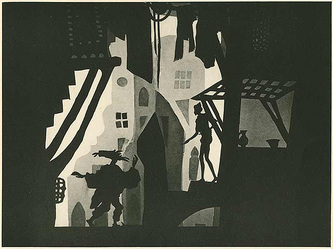
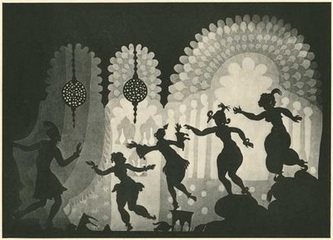
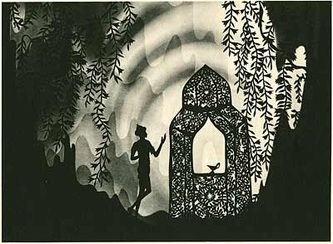
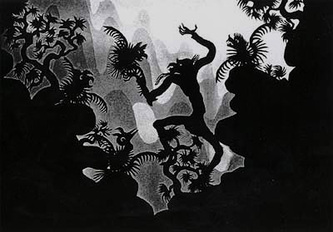
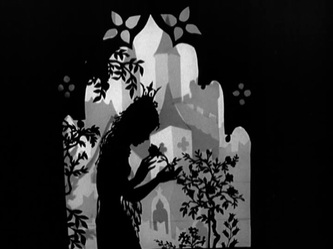
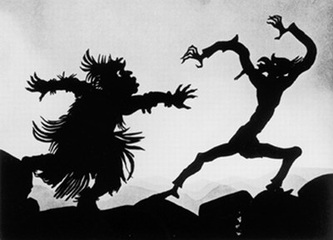
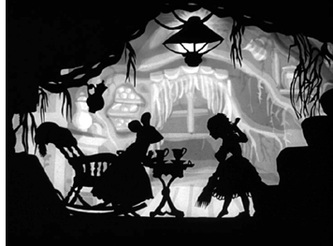
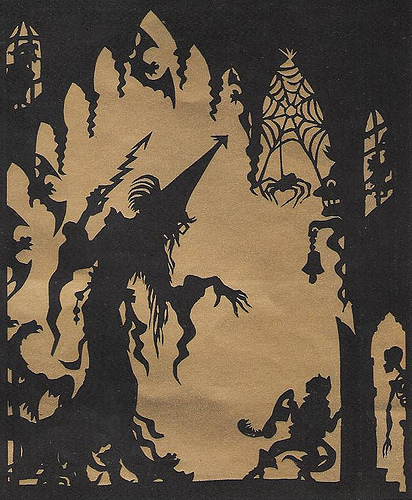
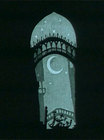
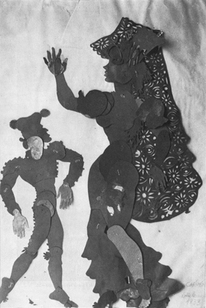
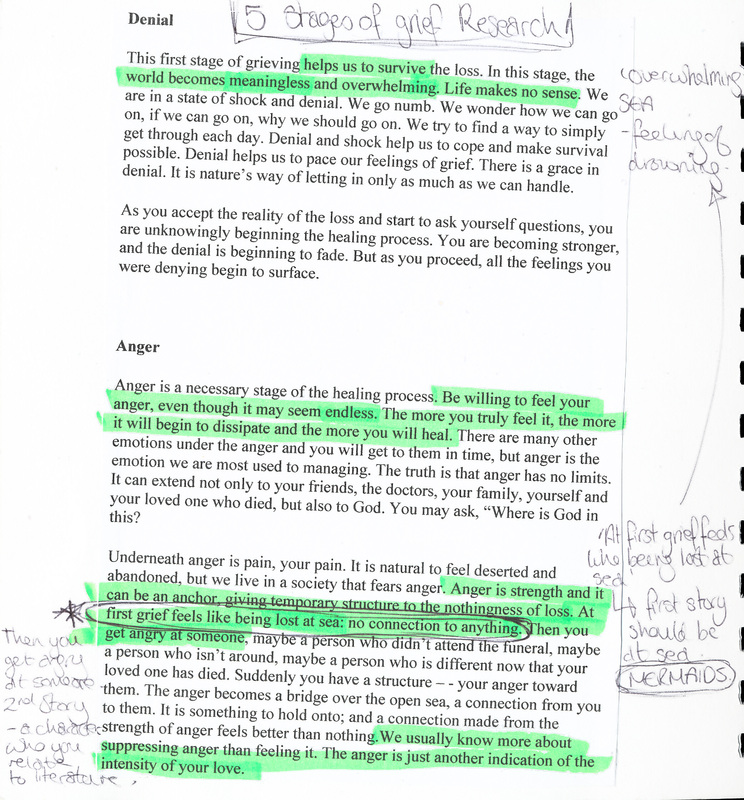
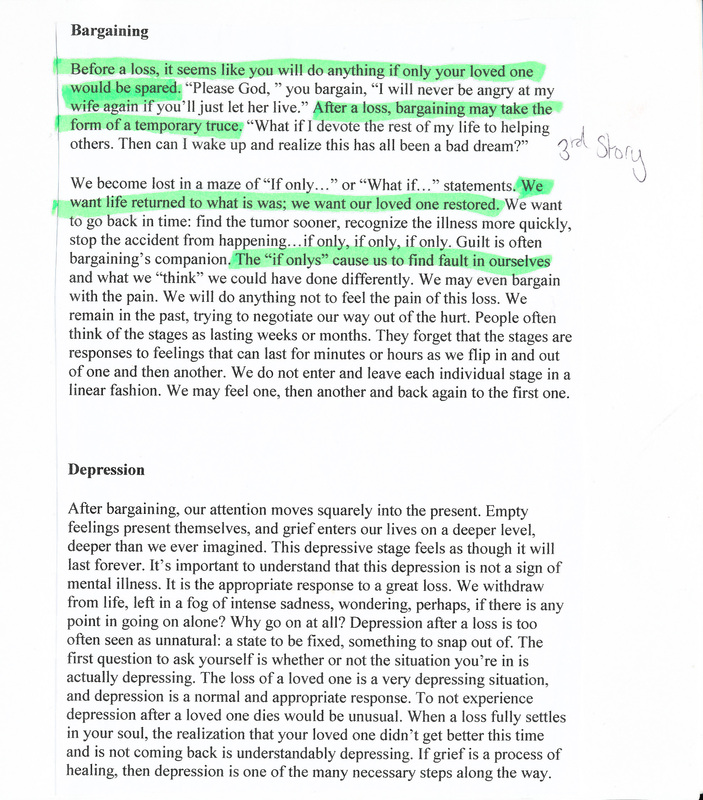
 RSS Feed
RSS Feed